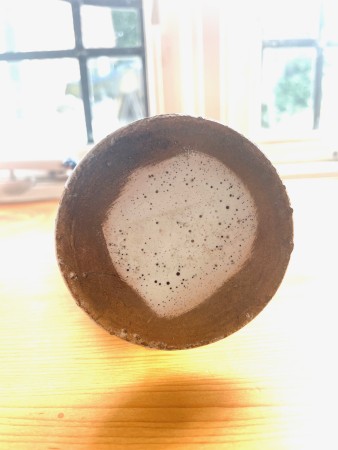Pair of decorated Delft blue jars or urns with lids and twisted rope style handles.
Wide base with narrow stem - hand painted shapes and patterns
Wide 3 cm rounded area with big flowers and swirls.
Main 8cm tall, slim section with painted images of Dutch boats and cottages.
Top rim painted with large horizontal arrows.
Top painted lid with top notch.
Bottom of base has no mark but wide rim of clay. small firing holes on surfaces.
Vraag
In the family records as wedding gifts in 1850s.
Are they older or about that age?
Any distinct style which might link it to a pottery?
Afmetingen
total height about 20cm
Collectie
publiekscollectie















Reacties 3
I suspect a fake. The photos are a bit too low resolution to be able to see the brush strokes up close. They also don't seem symmetrical at the top and I suspect that the middle surface is a gluing technique, but without clear pictures it is difficult to say. Can you post photos in a higher resolution?
Experts will probably be able to tell you more about it then.
Ik vermoed hier namaak. De foto's zijn iets te lage resolutie om de penseelstreken te kunnen bekijken van dichtbij. Ze lijken ook niet symetrisch aan de bovenkant en ik vermoed dat het middenvlak plaktechniek is doch zonder duidelijke foto's moeilijk te zeggen. Kunt u foto's plaatsen in een hogere resolutie?
Waarschijnlijk kunnen experts er dan meer over vertellen.
kind regards Franky
Hi Franky
Apologies for the quality of the photos. Will try and send over better examples in a higher resolution.
We have had the urns in the family since the 1850s/1860s and the family have been told over the years that the urns are definitely Delft (sadly, no records of where they were bought ). So curious that they might be counterfeit.
They have a shiny tin glaze with pin points over their surfaces (lids as well) and have a few chips where you can see the clay. Could you explain what an 'adhesive technique' is? Have looked hard at the middle sections and can't see any obvious lines/breaks - the artwork seems to flow to the top (not clear in the photos). However, the middle parts are very different in style to the rest of the urns.
Also quite curious why there is so much clay on the bases - could this be a sign that they are not Dutch Delft?
Many thanks, Franky
Alison
Verdict:
Analysis:
Dear Alison,
Your vases are inspired by Delftware but are reproductions. I don't believe this particular model was ever made in Delft potteries. Additionally, the scenery and painting style indicate that these are not originals. They were most likely produced in France. While it is possible they date back to the 19th century, they appear to be more recent based on the images you have provided.
Kind regards,
Femke
Add new comment
Only logged in users can post comments
Log in or register to post comments